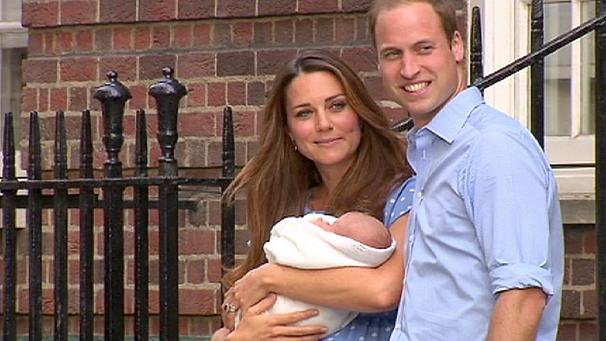REMAMBRANCE DAY
Remembrance Day (also known as Poppy Day or Armistice Day) is a memorial day observed in Commonwealth countries since the end of World War I to remember the members of their armed forces who have died in the line of duty. This feast takes place on the second Sunday of November or the Sunday nearest the 11th November. This is to commemorate the First World War which ended at the eleventh hour on the eleventh day of the eleventh month 1918 (11 o'clock on the 11th November 1918). At that moment it was signed the Armistice by representatives of Germany. This memorial day is also known as Poppy Day or Armistice Day. In 11th November 1918 King George V made 2 minutes of silence at 11 o'clock to commemorate those who had died for their country. King George V decided to dedicate this day as a memorial day in 1919. On the morning of 11th November 1919 the king signed the Official Armistice with the President of French Republic, in Buckingham Palace. The red remembrance poppy is the emblem of Remembrance Day.
United Kingdom
The main national commemoration is held at Whitehall, in Central London, for dignitaries, the public, and ceremonial detachments from the armed forces and civilian uniformed services such as the Merchant Navy and Her Majesty's Coastguard. Members of the British Royal Family walk through the Foreign and Commonwealth Office towards the Cenotaph, assembling to the right of the monument to wait for Big Ben to strike 11:00 am, and for the King's Troop, Royal Horse Artillery at Horse Guards Parade, to fire the cannon marking the commencement of the two minutes of silence. There are: the Prime Minister; the leaders of the major political parties from all parts of the United Kingdom; Commonwealth High Commissioners to London; the Chief of the General Staff; the Chief of the Air Staff; representatives of the merchant navy and Fishing Fleets and the merchant air service. Other members of the Royal Family usually watch the service from the balcony of the Foreign Office. The service is generally conducted by the Bishop of London. Before the marching commences, the members of the Royal Family and public sing the national anthem.






